In 2025, Massachusetts continues to evolve its approach to road safety, driven by the shifting needs of drivers, pedestrians, and cities across the state. One particular focus has been the rules governing right turns on red lights—a staple of American driving with unique implications in densely populated, walkable cities like Boston, Cambridge, Worcester, and Springfield. Right turn on red (RTOR) rules have sparked debate among policymakers, safety advocates, and the public, especially as Massachusetts cities adapt to changing traffic patterns, increasing numbers of cyclists, and the need to enhance pedestrian safety.
This in-depth article offers a comprehensive exploration of Massachusetts’s updated RTOR rules, the reasoning behind them, city-specific policies, relevant statistics, and the outlook for drivers in the Commonwealth.
Understanding Right Turn on Red: A Massachusetts Perspective
Right turn on red is a rule that allows drivers to make a right turn at a red light after coming to a full stop and ensuring it is safe to proceed. While standard nationwide, the application and enforcement of RTOR vary at the state and municipal levels.
Historically, Massachusetts has permitted RTOR since 1979, when it became the last state to allow the maneuver. The law was introduced as a means of improving traffic flow and reducing fuel consumption, in line with federal policy at the time. In the decades since, RTOR has become commonplace from Pittsfield to Provincetown, yet ongoing traffic safety research has prompted local governments to regularly reconsider how and where the rule should be applied.
Core Principles of the Right Turn on Red Rule
RTOR in Massachusetts is governed by well-defined protocols intended to balance efficient driving and public safety:
-
Complete Stop: Drivers must bring their vehicle to a full stop before the stop line or crosswalk.
-
Yielding to Pedestrians and Cyclists: Once stopped, drivers must yield the right-of-way to any pedestrians crossing the street or cyclists in the crosswalk or adjacent lanes.
-
Clear Right-of-Way: Only after ensuring there are no incoming vehicles, and the intersection is safe, may the driver proceed with the turn.
-
No Turn on Red Signs: At some intersections, “No Turn on Red” signage is posted, and making the turn is strictly prohibited until a green signal appears.
These requirements form the baseline for all Massachusetts cities. However, each city may enact additional local regulations as allowed under state law.
2025 Updates: What’s New?
Prompted by record increases in traffic volumes, violations, and changing urban landscapes, Massachusetts has introduced several key updates to its RTOR rules for 2025:
Greater Local Authority
Cities like Boston, Cambridge, and Somerville have been granted broader authority to restrict or prohibit RTOR in areas of concern. This move supports local efforts to reduce traffic incidents and create pedestrian-friendly environments. Cambridge, for example, maintains a citywide ban on RTOR at all intersections, a measure implemented as part of its Vision Zero strategy, aiming to eliminate road fatalities and serious injuries.
Technology-Driven Solutions
Massachusetts has started piloting smart traffic signals in urban centers such as Boston and Worcester. These sensors and adaptive lights can detect pedestrian presence and adjust timings, temporarily prohibiting RTOR during critical periods—like when large numbers of pedestrians are crossing.
Stricter Enforcement and Enhanced Signage
Municipalities are deploying clearer “No Turn on Red” signs, new pavement markings, and enhanced signal displays, particularly near schools, transit stations, and busy commercial districts. This aims to reduce ambiguity and promote compliance among drivers throughout cities like Springfield, Lowell, and New Bedford.
Updates to Yielding Standards
Drivers are now held to a stricter threshold for yielding to vulnerable road users, including children, elderly residents, and cyclists. The standard emphasizes not just yielding the right-of-way but exercising due caution if there is any potential for conflict.
City-by-City: How Massachusetts Approaches Right Turn on Red
Boston
As the state’s largest city, Boston has adopted a nuanced approach. RTOR is permitted at many intersections, but the Boston Transportation Department has increased the number of “No Turn on Red” locations—especially in dense neighborhoods like Downtown Crossing, Back Bay, and Fenway-Kenmore. In 2025, expanded pedestrian plazas and ongoing transit projects mean drivers in Boston need to be extra vigilant for new RTOR restrictions.
Cambridge
Since 2022, Cambridge has implemented a total ban on RTOR throughout the city, with the goal of prioritizing pedestrian and cyclist safety. The policy reflects Cambridge’s support for Vision Zero and is closely monitored by city officials. Anecdotal reports suggest improved crossing safety and reduced close-call incidents involving turning vehicles.
Worcester
Worcester takes a hybrid approach, allowing RTOR except where posted. The city has recently updated its downtown intersections with new pedestrian countdown signals and signage, particularly in areas near Worcester Common and Union Station.
Springfield
Springfield continues to adhere to statewide RTOR guidelines but has begun adding more restrictions along busy corridors such as State Street and Main Street, where school zones and public transit stops generate significant foot traffic.
Lowell and New Bedford
Both Lowell and New Bedford have increased signage at problem intersections but generally permit RTOR. They have also joined state programs to pilot adaptive signal technology that can temporarily restrict RTOR when pedestrian volumes spike, especially during school opening and closing hours.
The Data: Traffic, Violations, and Safety in 2025
Rising Violation Rates
Massachusetts is experiencing a surge in traffic violations. In 2023, the state recorded over 1.08 million violations, up from just under 776,000 in 2020—a nearly 40 percent increase. Notably, more than 97,000 tickets were issued for failing to stop or yield, including failures related to RTOR. Violation rates are particularly high in Boston, Springfield, and areas with heavy commuter traffic.
Citations and Warnings
Of all citations issued, nearly two-thirds were warnings, with the remainder being civil or criminal violations. Speeding, failure to stop or yield, and inspection sticker violations comprise the bulk of enforcement actions.
Distracted Driving Concerns
Distracted driving violations have risen sharply since the implementation of hands-free phone laws. More than 53,000 citations for distracted driving were issued in 2023. These infractions often intersect with RTOR violations—reports show drivers distracted by devices are less likely to stop fully or yield properly on red.
Accident Rates and Pedestrian Safety
In 2023, Massachusetts recorded the highest accident rate per 1,000 drivers among all states, though some reports still rank the state’s drivers as among the safest overall. Pedestrian injuries at intersections remain a stubbornly persistent challenge, especially in cities like Boston and Cambridge, where foot and bike traffic are substantial.
| City | RTOR Allowed? | Year of Major Change | Unique Notes |
|---|---|---|---|
| Boston | Allowed at select intersections | 2025 | Increased “No Turn on Red” signage in busy districts |
| Cambridge | Prohibited citywide | 2022 | Vision Zero initiative, prioritizes pedestrians |
| Worcester | Allowed except where posted | 2025 | Upgraded signals and signage near public spaces |
| Springfield | Allowed with restrictions | 2024-2025 | Extra signage by schools, high pedestrian zones |
| Lowell | Generally allowed | 2025 | Adaptive signal tech at key intersections |
| New Bedford | Generally allowed | 2025 | Participating in signal pilot program |
The Logic Behind Change: Why the Rule Is Evolving
Pedestrian and Cyclist Safety
In major Massachusetts cities, the traditional RTOR rule increasingly conflicts with evolving expectations about street safety. High volumes of pedestrians—particularly in Cambridge, Back Bay in Boston, and downtown Worcester—have forced planners to reconsider when and where vehicles should be permitted to turn on red. Safety advocates argue that limiting RTOR can reduce incidents where drivers fail to see or properly yield to crossing people, especially during early morning commutes and school dismissal times.
Adapting to New Traffic Patterns
Massachusetts’s roadways look different in 2025 than a decade ago. The rise of dedicated bike lanes, rapid transit expansion, rideshare services, and more “open streets” events mean drivers routinely encounter unanticipated traffic dynamics. These changes require flexible rules that protect all road users, not just motorists.
Technological Innovations
The spread of smart traffic management systems in places like Boston, Lowell, and New Bedford offers new tools for balancing efficiency and safety. Sensors can extend red lights or activate “no turn on red” phases in real time based on pedestrian activity—a step that reduces risk without causing unnecessary congestion at other times.
Practical Tips for Drivers
Massachusetts drivers navigating state and city roads in 2025 should remain alert and adaptable. The following best practices are essential for compliance and safety:
-
Always stop fully at a red light before turning right, even if no sign expressly requires it
-
Look for and obey all posted signs, especially “No Turn on Red” indicators, which may be displayed in new locations
-
Yield to all pedestrians and cyclists in or approaching the crosswalk, regardless of their position or direction
-
Be prepared for temporary restrictions during large city events, construction projects, or peak pedestrian times
-
Stay updated about city-specific rules, as regulations can change without widespread notice
-
Use extra caution in areas with schools, parks, or transit stations
Understanding and respecting local traffic laws can prevent fines, reduce risk of accidents, and contribute to broader public safety.
Enforcement and Penalties
With stricter rules come tighter enforcement. Cities like Boston and Worcester have increased patrols at key intersections known for frequent violations. Penalties for failing to stop or yield on RTOR can range from warnings to steep fines and, in the case of accidents or injuries, more serious charges.
Drivers found to be using mobile devices while making an RTOR face additional penalties under the state’s hands-free law. Enforcement is especially robust during awareness campaigns in April—Massachusetts’s “Hands-Free Awareness Month.”
The Broader Impact: Balancing Efficiency and Safety
The ongoing conversation about RTOR in Massachusetts encapsulates the broader challenge facing modern cities: how to move people and goods efficiently while ensuring that the most vulnerable users are protected. In places like Cambridge and Boston, reducing opportunities for RTOR supports ambitious public health and transportation goals. In less dense or suburban areas, retaining RTOR—albeit with carefully placed restrictions—remains practical for maintaining traffic flow.
The Future of Traffic Rules in Massachusetts
As Massachusetts continues to lead in education, technology, and innovation, its approach to traffic management reflects a deep commitment to learning and adaptation. Policymakers are closely tracking the impact of RTOR restrictions on accident rates, traffic congestion, and pedestrian safety. Early data suggest that targeted bans and enhanced signage deliver measurable improvements, though officials caution that enforcement and education are equally critical.
Looking ahead, expect more cities and towns to assess their intersections for appropriateness of RTOR. Alongside this, technology will play an ever-greater role. As vehicle automation and real-time data become commonplace in places like Somerville and Brockton, traffic rules like RTOR may become even more dynamic, changing in response to moment-by-moment conditions rather than static, posted rules.
Conclusion
The Massachusetts Traffic Rule 2025 update signals a significant step forward for road safety and urban mobility throughout the state. By empowering cities to tailor their RTOR policies, integrating technology for smarter enforcement, and placing a higher priority on pedestrian and cyclist well-being, the Commonwealth is setting the stage for safer, more predictable streets.
Whether you are driving the bustling avenues of Boston, crossing Cambridge’s busy squares, or heading through the arteries of Springfield and Worcester, understanding the nuances of RTOR—and staying attuned to evolving regulations—will make you a safer, more capable participant in the state’s transportation ecosystem.
Stay informed, remain adaptable, and remember: the rules are there not just for order, but to protect lives and build a more connected, safer Massachusetts for all.

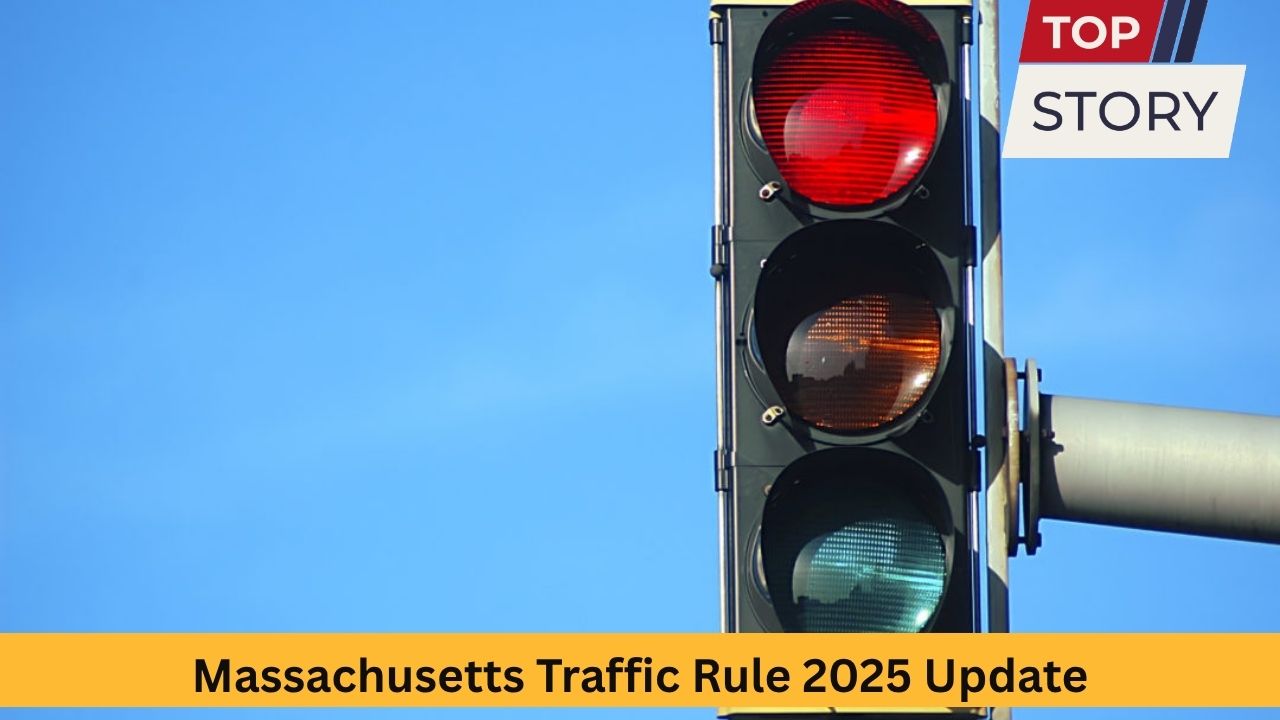




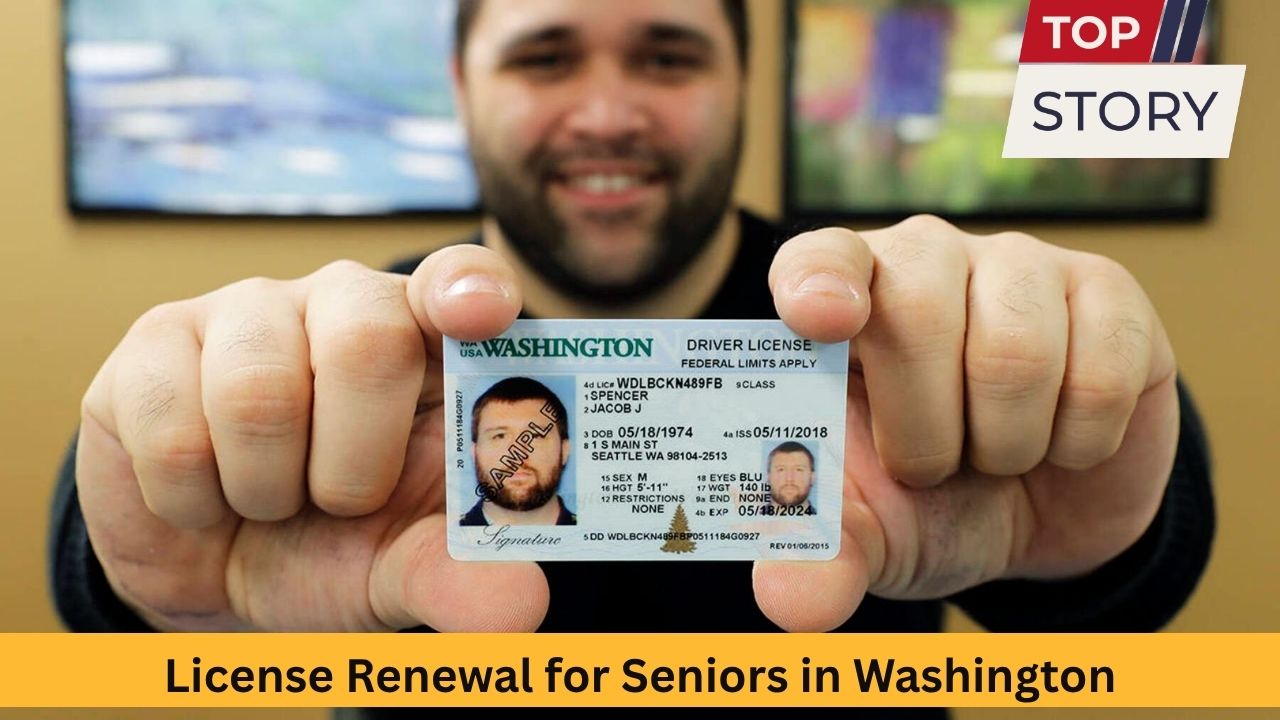
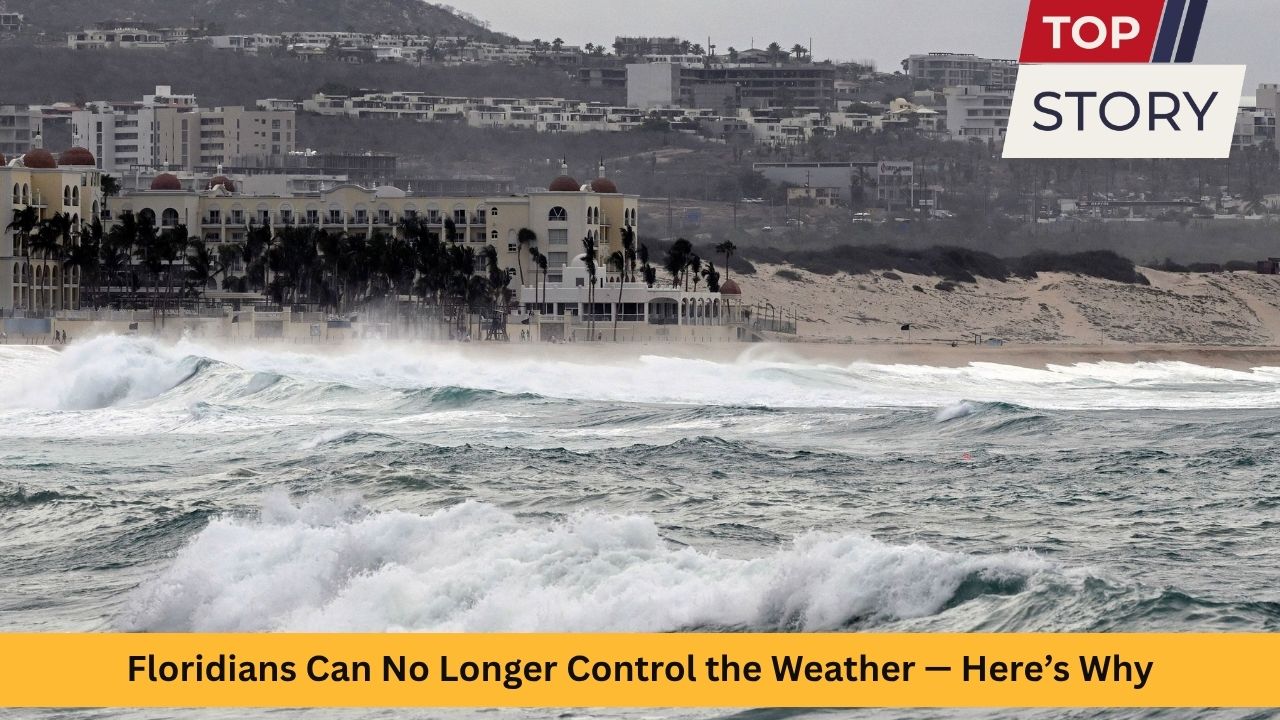
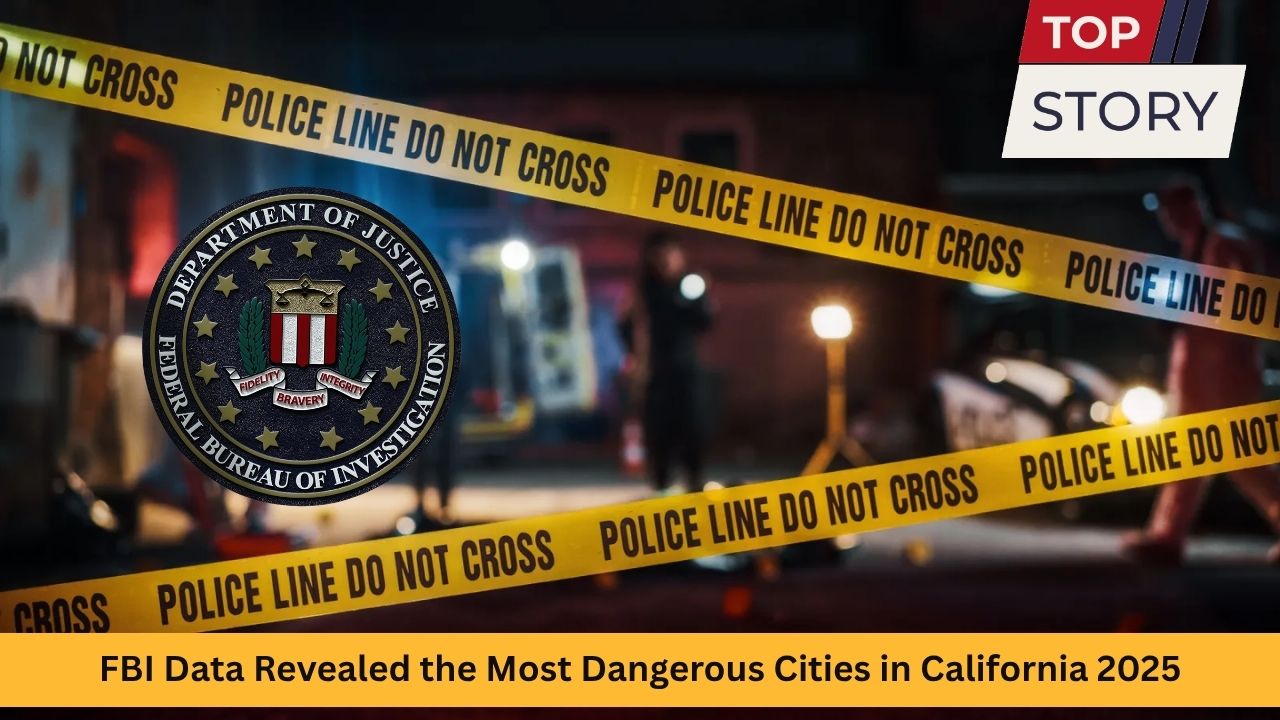


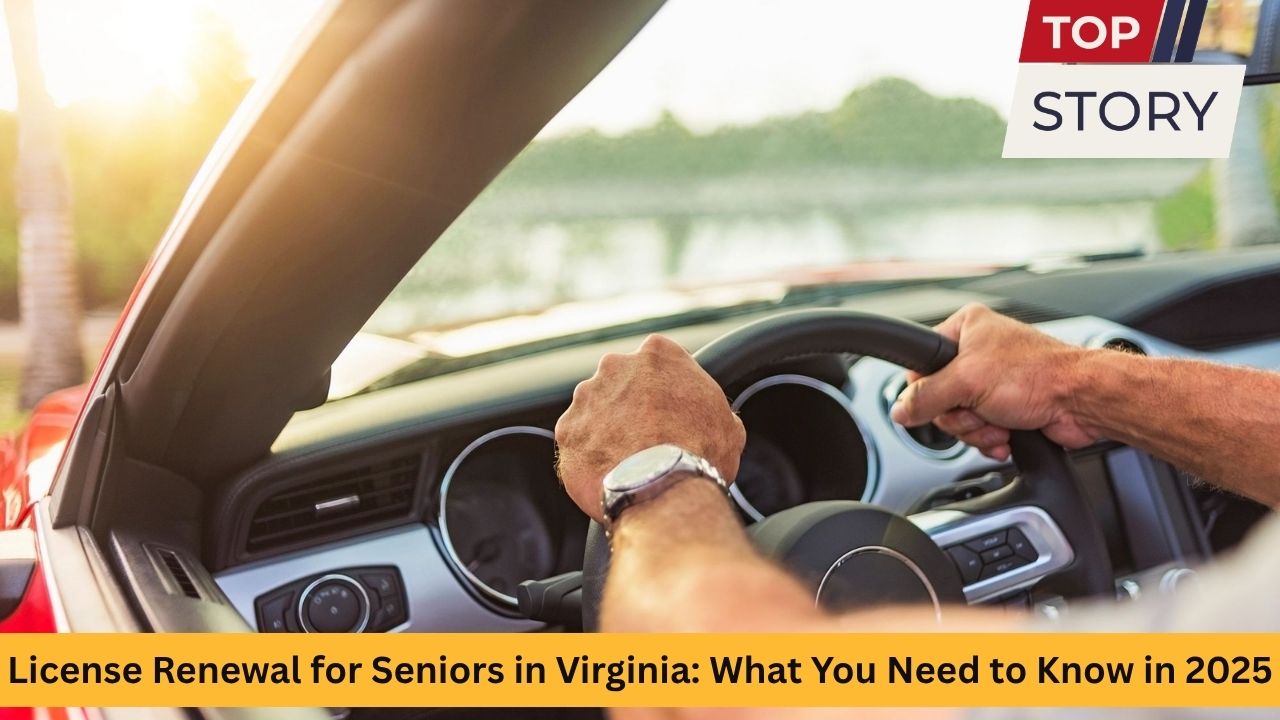
Leave a Reply